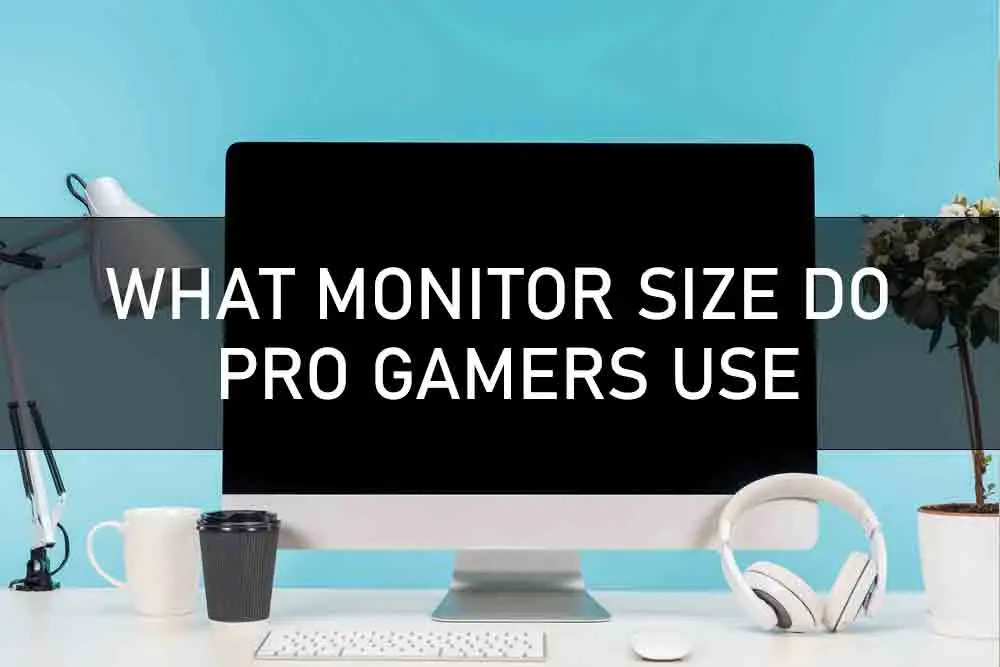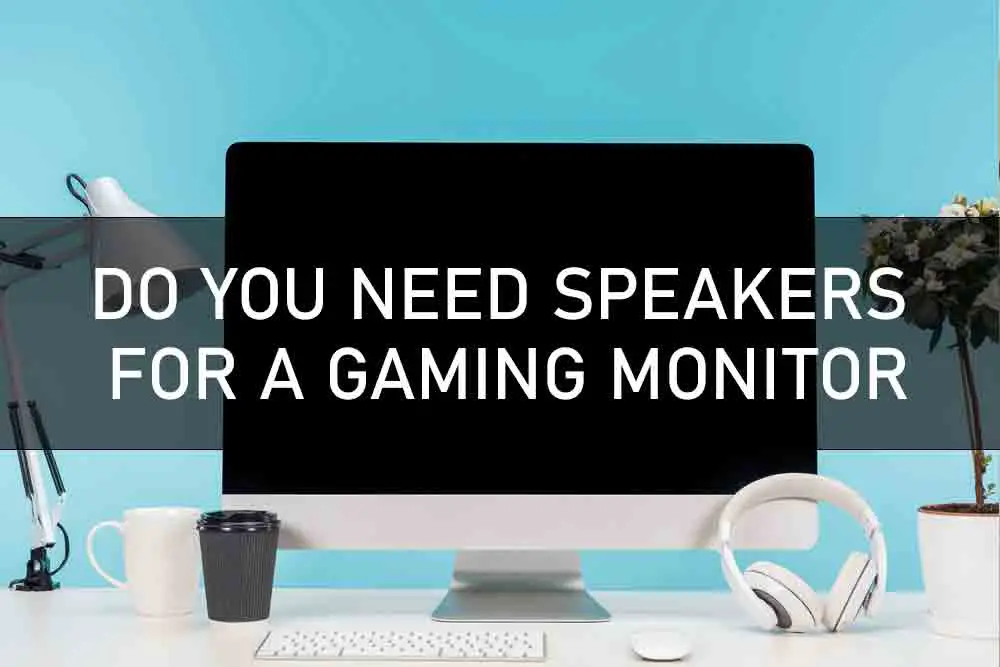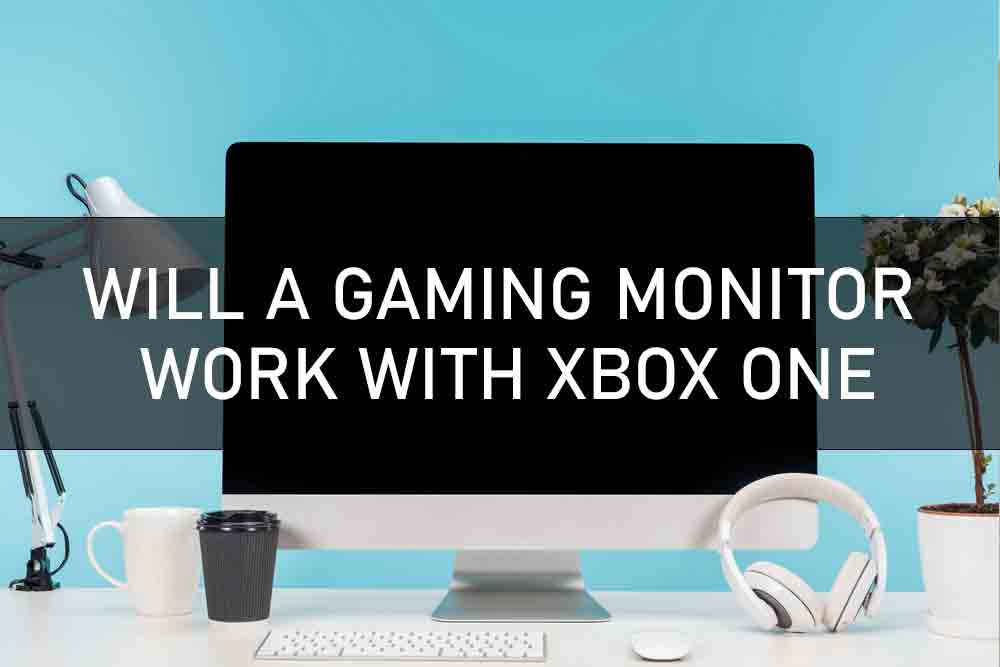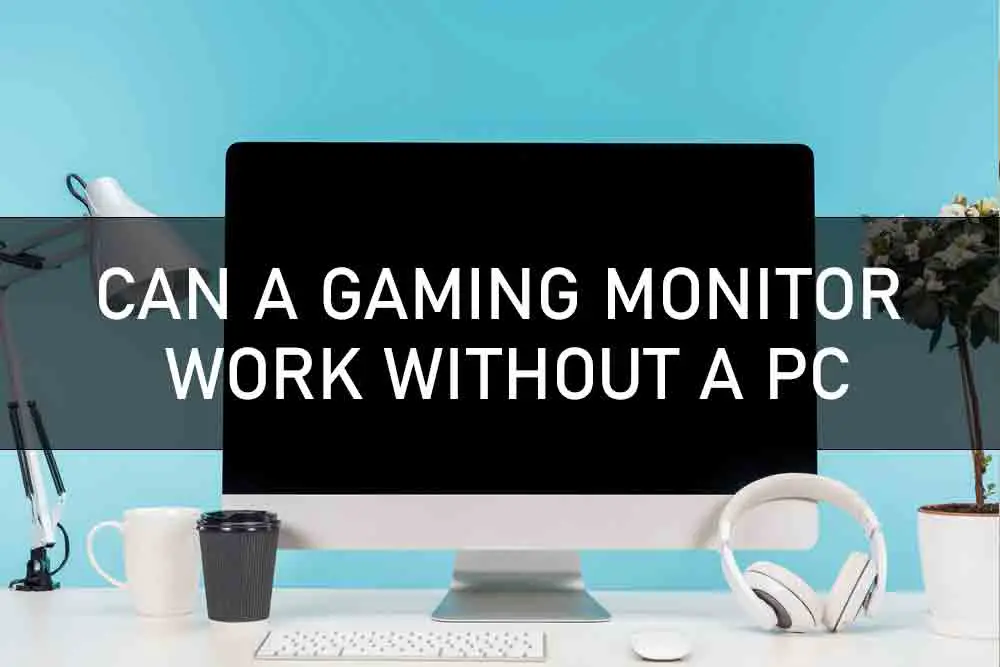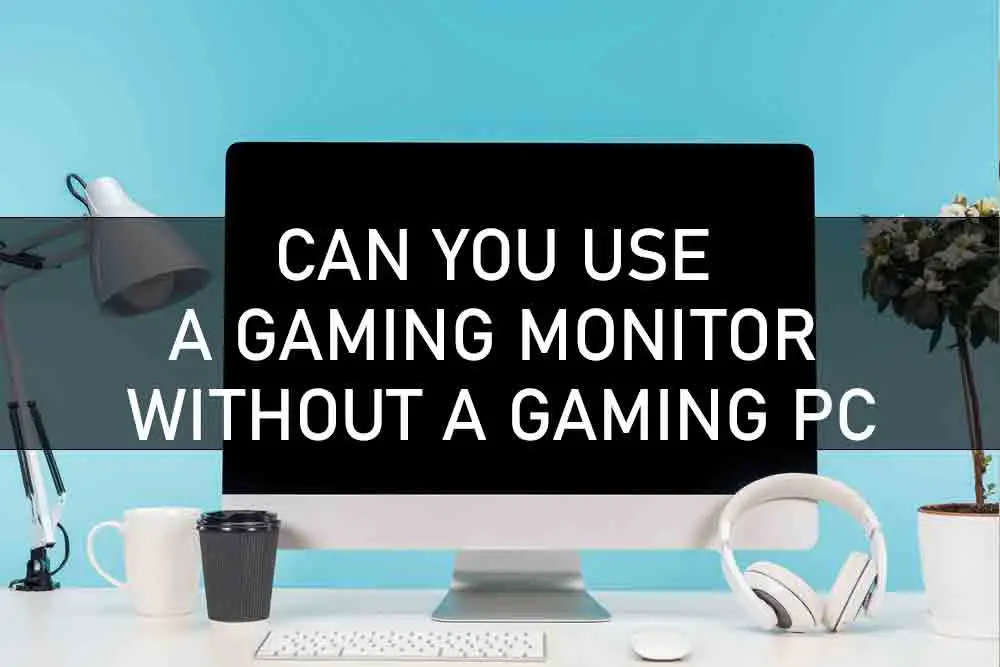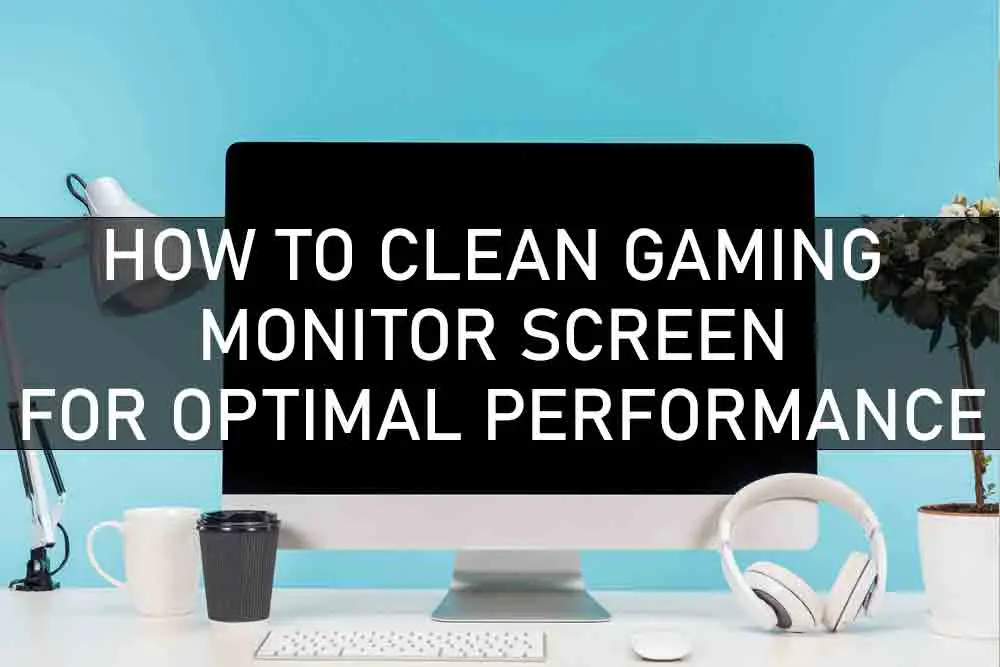When it comes to gaming, the most important thing is to have a smooth, lag-free experience. This is why professional gamers use specific monitor sizes and models that are designed for gaming performance. In this blog post, we will take a look at what monitor size pro gamers use and find out why they choose these specific models. We will also discuss some of the benefits of using a gaming monitor for your next PC build or upgrade!
Pro gamers tend to prefer larger monitors. The most popular size among pros is 24 inches, although some players do use 27-inch monitors. The benefits of a larger monitor are twofold. First, it provides a wider field of view, which can help spot opponents and track their movements. Second, it can also help to reduce eye strain, as there is less need to constantly adjust your gaze. In addition, many pro gamers also use multiple monitors, which can further increase your field of view and allow you to keep track of multiple game states at once. Ultimately, the best monitor size for a pro gamer is one that provides the ideal balance between field of view and comfort.
How Are Gaming Monitor Sizes Measured?
Before we begin with the basics, monitors are measured diagonally as well as televisions. The size of a monitor is typically measured in inches, from the top left corner to the bottom right corner. The measurement is generally diagonal and represents the length of a hypotenuse (straight line) between those two corners. That said, the size of gaming monitors can also be described by their width and height dimensions in either inches or centimeters. So, a 23-inch widescreen monitor might have dimensions of 20.0 x 11.7 inches (50.8 x 29.7 cm). To make things more confusing, some manufacturers list monitors by their maximize recall vertices rather than diagonal measure – so make sure you know what you’re looking at!
What About Ultra-Wide Displays?
Modern monitors have 16/9 aspect ratios for viewing information. However, 16:11 appears remarkably frequently in this piece, and we assume that the monitors were 16:9. However, there has recently been an increase in the number of 21:9 monitors available in the market. It’s not hard to find a wide monitor that suits your favorite game title. Racing is particularly good on an ultra-wide monitor, so getting a large resolution screen would be very convenient. Almost every FPS game today supports no vertical FOV greater than 90 degrees.
What Should You Look for In a Monitor
It’s time to take a look at some of the features that make a gaming monitor great. Here are a few things to keep in mind when shopping for your next monitor:
- Resolution: The resolution of your display is the number of pixels it has. A higher resolution implies more pixels and a clearer picture. Most gamers prefer a resolution of 1920×1080, also known as Full HD.
- Refresh rate: The refresh rate is the number of times your monitor refreshes the image on the screen per second. A higher refresh rate means a smoother image with less lag.
- Response time: The response time is the length of time it takes for a pixel to change color. A lower response time means less ghosting and blurring, which can be important for fast-paced games. Most gaming monitors have a response time of between 0.0 and 12 ms.
- Panel technology: The type of panel used in a monitor can have a big impact on image quality. The most common types of panels are TN, IPS, and VA. TN panels are the cheapest and offer the fastest response times, but they also have the worst color reproduction. IPS panels have better color reproduction but slower response times. VA panels offer a good balance between the two.
- Size: As we mentioned before, the size of a monitor is typically measured in inches. The most popular size for gaming monitors is 24 inches, although some players do use 27-inch monitors. The benefits of a larger monitor are twofold. First, it provides a wider field of view, which can help spot opponents and track their movements. Second, it can help reduce eye strain.
Ultimately, the best monitor size for a pro gamer is one that provides the ideal balance between field of view and comfort. With so many options on the market, it’s easy to find a monitor that meets your needs.
Is Portable Gaming Monitor Good for Gaming?
Nowadays, people are more likely to game on the go. Whether you’re traveling for a tournament or just want to play some games on your lunch break, a portable gaming monitor can be a great option. These monitors are small and lightweight, making them easy to transport. They also usually have high-refresh rates and low response times, making them ideal for gaming.
However, there are some downsides to portable gaming monitors. First, they tend to have lower resolutions than their desktop counterparts. This can make games look blurry or pixelated. Second, they often have shorter warranty periods than desktop monitors. Finally, they can be more expensive than traditional monitors.
If you’re looking for the best gaming experience, a desktop monitor is still the way to go. However, if you need a monitor that you can take with you on the go, a portable gaming monitor is a great option.
Conclusion
There are a few things to keep in mind when shopping for your next monitor: resolution, refresh rate, response time, panel technology, and size. The most important thing is to find a monitor that suits your needs. If you’re looking for the best gaming experience, a desktop monitor is still the way to go. However, if you need a monitor that you can take with you on the go, a portable gaming monitor is a great option.

